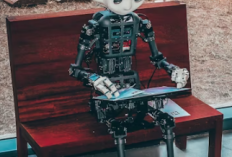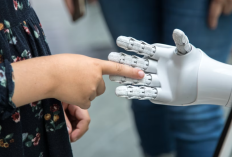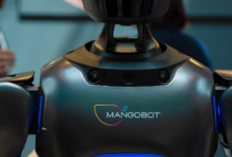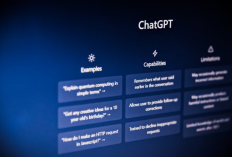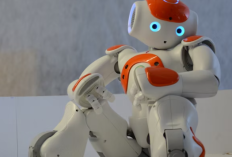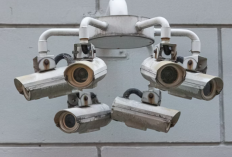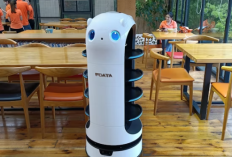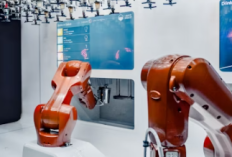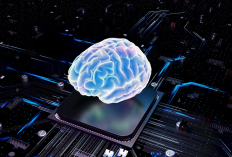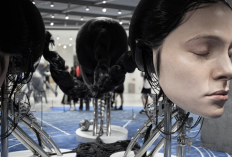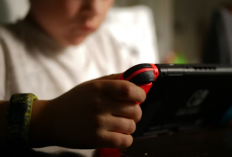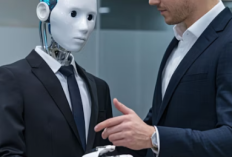Artificial Intelligence and Human Emotions: Can They Connect?
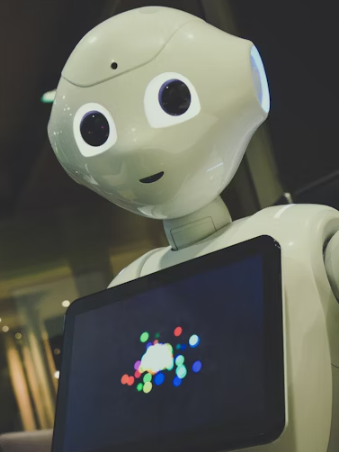
My best friend Pepper-Owen Beard-https://unsplash.com/
<h1>Artificial Intelligence and Human Emotions: Can They Connect?</h1>
<p>There was a time when machines spoke only in numbers — cold, logical, and predictable. But in 2025, AI doesn’t just calculate. It listens, observes, and reacts. It asks if you’re okay when your tone falters. It softens its voice when you sound sad. Somewhere between circuits and synapses, a strange new relationship is forming: humans and artificial empathy.</p>
<h2>The Birth of Emotional AI</h2>
<p>What once sounded like science fiction has become an industry. Emotional AI — or affective computing — is the frontier where algorithms meet the human heart. From mental health chatbots to AI therapists, machines are being trained to recognize and respond to feelings. Cameras read micro-expressions. Microphones detect stress in voice. Even keyboards analyze typing rhythm to sense frustration.</p>
<p>These systems don’t “feel” in the human sense, but they’re getting astonishingly good at <em>mimicking</em> those who do.</p>
<h2>The Science Behind the Simulation</h2>
<p>Human emotion is data — at least to machines. A raised eyebrow becomes a coordinate, a sigh becomes a waveform. AI systems feed these into neural networks trained on billions of emotional samples, finding patterns invisible to the human eye.</p>


